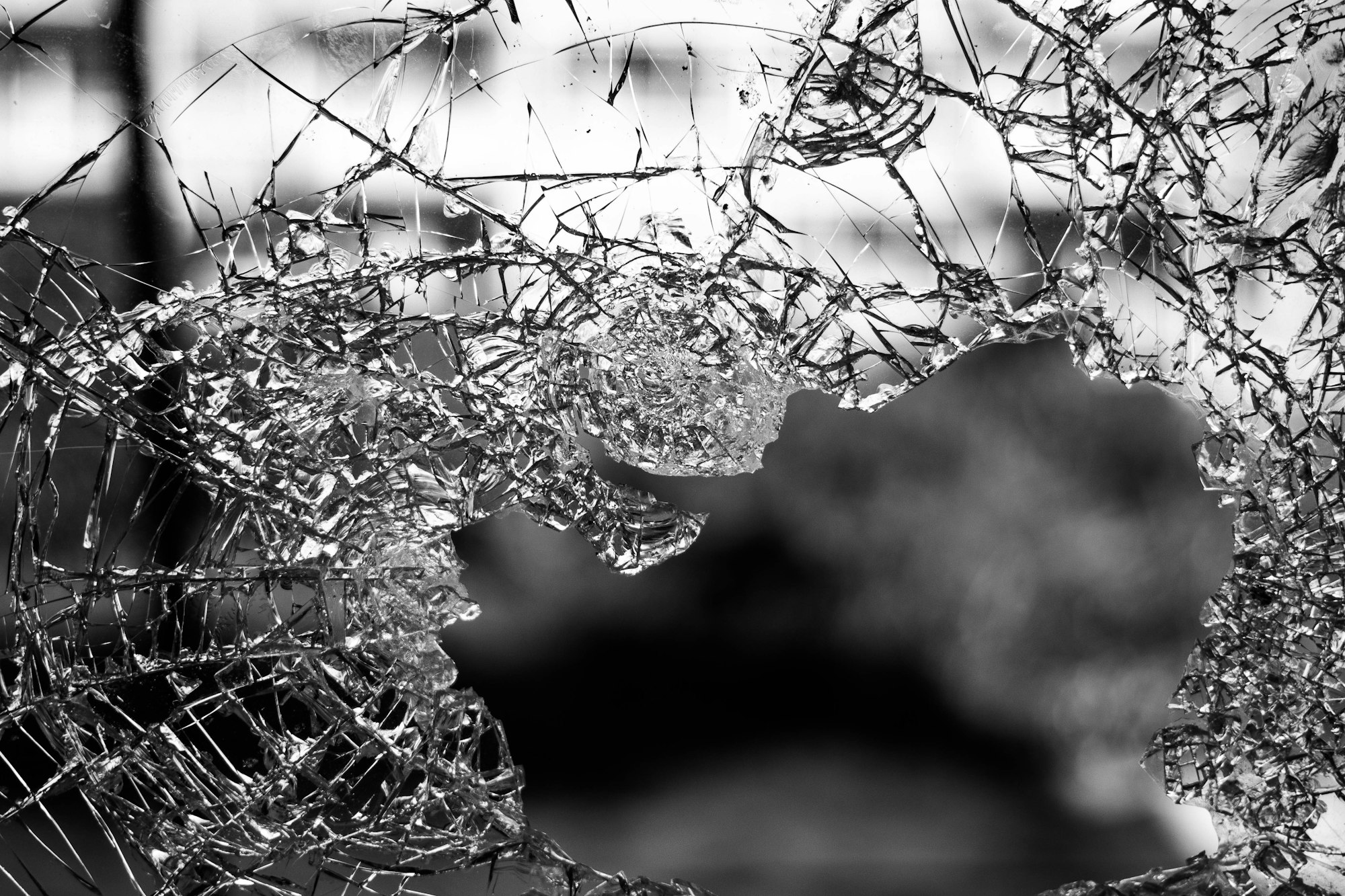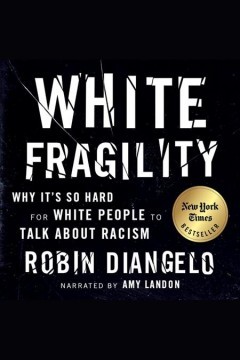White Fragility and the Canadian Classroom

Four months ago, I finished reading White Fragility: Why It's So Hard for White People to Talk About Racism, by Robin DiAngelo. Appreciating this excellent book, I opened a tab to create a blog post and immediately got stuck. The subtitle hits pretty close to home, as I squirmed and wondered how to approach the topic. I'm white and examining my own prejudice feels uncomfortable. However, how can I effectively teach students about racism, if I am not able to take responsibility for my own actions and examine my own beliefs? Clearly, I have work to do.

In her book, DiAngelo examines white fragility, the feeling of defensiveness white people feel when challenged on issues of race and racism. Often this means feeling angry, fearful, or guilty and can lead to argument, confrontation or simply silence. This reaction prevents white people from meaningfully engaging in racial issues and inhibits change.
One reason for this reaction is that racism is often viewed in a good/bad binary framework. According to this framework, racists are bad, which conversely must mean that good people can't be racist. But it is not so simple. As DiAngelo says:
Within this paradigm, to suggest that I am racist is to deliver a deep moral blow - a kind of character assassination. Having received this blow, I must defend my character, and that is where all my energy will go - to deflecting the charge rather than reflecting on my behaviour. In this way, the good/bad binary makes it nearly impossible to talk to white people about racism, what it is, how it shapes all of us, and the inevitable ways that we are conditioned to participate in it. (Page 72)
The good/bad binary prevents white people from actively examining their prejudices and instead causes them to sidestep the issue entirely. African American scholar Omowale Akintunde indicates that while racism is systemic, institutional, and deeply embedded in our society, most white people view it as a specific action that is committed. Misunderstanding the pervasive nature of racism, prevents us from addressing very real examples of racism that are entrenched in our society.
DiAngelo's book focuses on examples from the United States, primarily looking at racism's impact on black people. In Canada there are striking parallels, particularly regarding the effect of systemic racism on Indigenous groups. White people in Canada have difficulty recognizing how white colonialism has impacted Indigenous people; a quick glance at the comments section of most news articles about Indigenous issues makes this pretty clear.
A good example was the reaction to the article "Welcome to Winnipeg: Where Canada's Racism Problem is at its Worst," by Nancy Macdonald and published by Maclean's magazine in January, 2015. People in my hometown reacted with over the top defensiveness, and often ended up ignoring the article's important messages about systemic racism in our city. When I discussed the article with my social studies class, some of my more outspoken students felt personally attacked by the piece. They did not view themselves as racist and were offended by the implication. Clearly there was a lot to unpack, so we spent time analyzing the article. By the end, the class better understood how racism is present in our city.
This sounds simple, but was often a deeply uncomfortable process. Up until that point, when teaching social studies I generally focused on racism in a historical context. We discussed the history of slavery in North America or the SS St. Louis. Those topics felt safe, since we can agree that slavery is bad or Canada should have worked harder to help victims of the Holocaust. Focusing on current Indigenous issues felt a lot riskier. I was afraid that parents would complain, either by reacting defensively to what we were studying or I would somehow misstep and end up being accused of racism myself. My own white fragility was coming into play, as I considered avoiding the topic for fear of possible reactions. At the same time, it felt like focusing on current issues was more important, particularly if my students' initial reaction was to refuse to engage with the article beyond the headline. Learning is messy, I decided, and leaning into discomfort is not a bad thing if it helps us see more clearly in the end.
Still uncomfortable, I invited my vice-principal into my class for extra support. My students and I worked towards better understanding why the author identified Winnipeg as the most racist city in Canada. We split the article into sections, and identified the examples of racism cited in the text and the supporting evidence and statistics. In the end, my students came to the conclusion that Winnipeg does have a serious racism problem, even though some were still doubtful about whether this city is the worst in Canada. I chose to leave it there, although I wished I had pushed it one step further, having us analyze our own initial prejudices towards the topic. In the future, I will be more intentional with interrupting white fragility and focusing attention on our own biases and prejudices.
Recently, the Final Report for the National Inquiry into Missing and Murdered Indigenous Women and Girls was released. White fragility has again been on display as online commenters quibble about the definition of genocide, ignoring the thousands of women and girls who have been murdered or gone missing, as if this is perversely some minor detail. It is easier to get defensive than to learn about the colonial history of our country and the attempted annihilation of Indigenous culture and people. Opening our eyes makes us, if not culpable, at least complicit in some truly horrendous acts. It is uncomfortable, but that is the way forward. White Canadians need to put aside their defensiveness and fragility.
Robin DiAngelo says, "We can interrupt our own white fragility and build our capacity to sustain cross-racial honesty by being willing to tolerate the discomfort associated with an honest appraisal and discussion of our internalized superiority and racial privilege" (page 148). This is a challenging and uncomfortable process in the school system, but a necessary one. Reading White Fragility has helped me better understand how vital it is to push through this discomfort and towards greater equity in my classroom and in my teaching. I have a lot of work to do as I examine my own attitudes and practices. I strongly recommend DiAngelo's book to educators who want to move forward with this important work.
